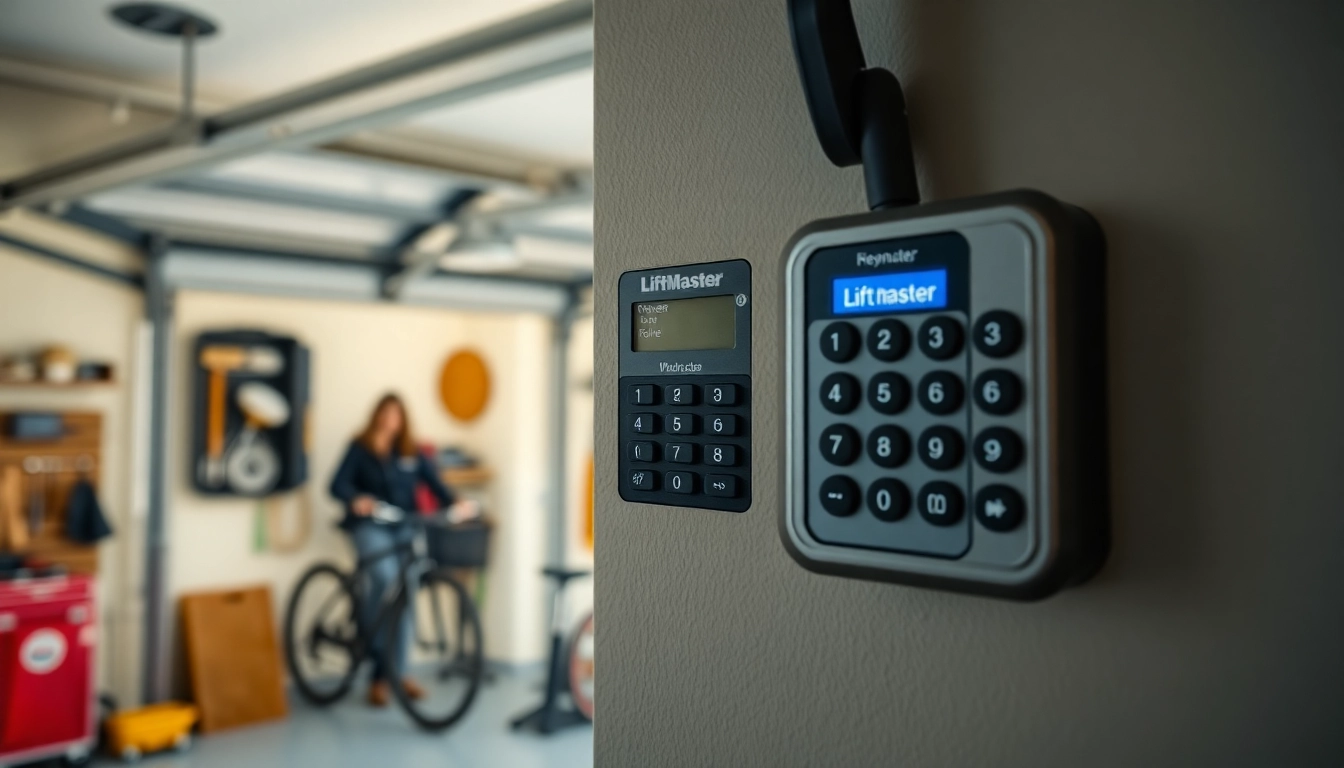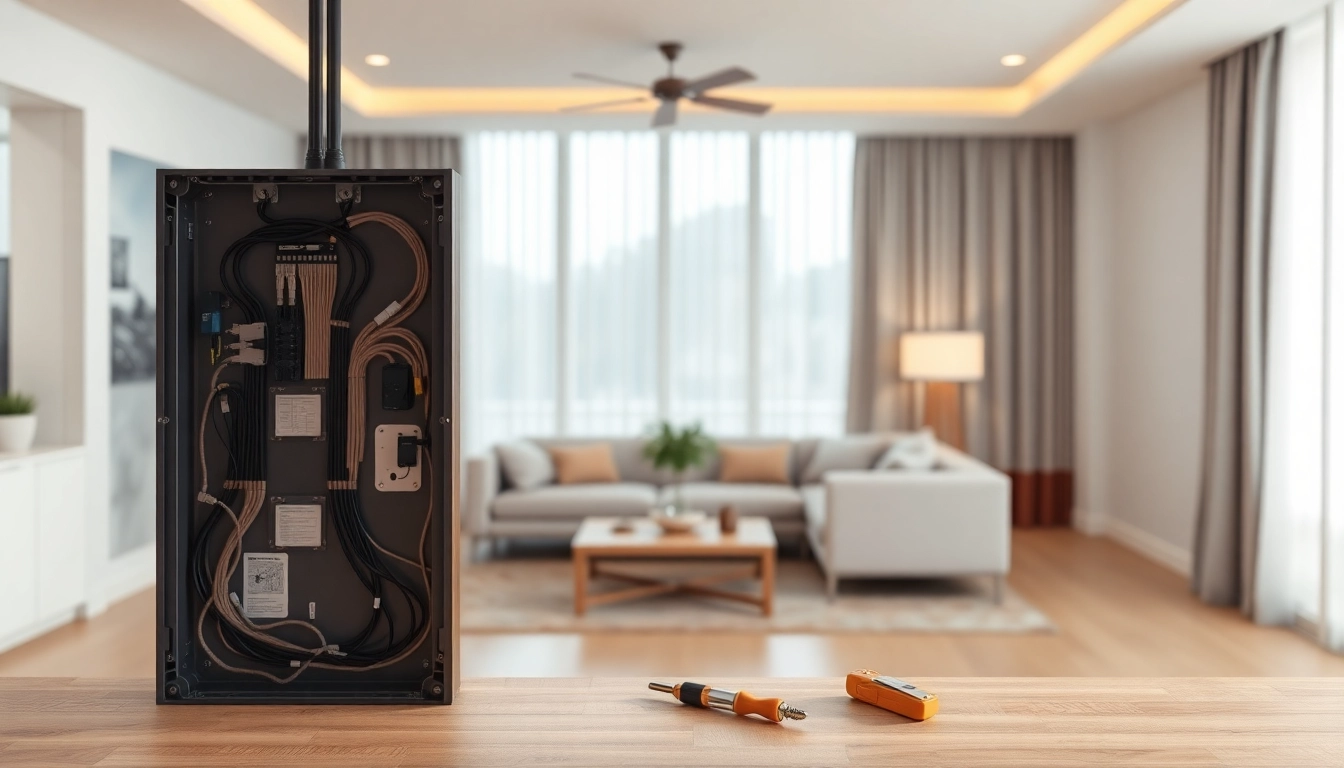Understanding LiftMaster Keypad Functionality
Basic Components and Their Functions
A LiftMaster keypad is an essential component of garage door access that enhances both convenience and security for homeowners. It typically consists of a weather-resistant casing, a numeric keypad, an LED indicator, and a battery compartment. The keypad allows users to enter a code to open or close their garage door without needing a remote or key, making it especially useful for family members with their own codes or service providers who require access.
At the heart of the keypad is its power supply, which powers the internal circuitry and the LED indicator. Most keypads operate on battery power, allowing for flexibility in placement but also necessitating regular battery checks. The keypad is designed to withstand various environmental conditions, and its casing plays a key role in protecting against moisture and dirt, which could otherwise impair functionality.
How Keypads Communicate with Garage Door Openers
LiftMaster keypads typically communicate with garage door openers via radio frequency (RF). When a user enters their code, the keypad transmits a coded signal to the garage door opener, which detects the code and actuates the door to open or close. This communication occurs within a designated frequency range, reducing the chances of interference from other devices.
Additionally, most modern LiftMaster keypads support rolling code technology. This technology enhances security by changing the access code each time it’s used, making it nearly impossible for hackers to intercept and replicate the code. This feature is particularly important for protecting homes against unauthorized access.
Common Features of LiftMaster Keypads
LiftMaster keypads come with various features that improve user experience and security. Some of the notable features include:
- Wireless operation: Allows for easy installation without the need for complex wiring.
- Backlit keys: Facilitates visibility in low-light conditions.
- Multiple user codes: Provides the ability for several family members to have their own unique entry codes.
- Vacation mode: Allows users to disable access temporarily for added security while away from home.
Diagnosing LiftMaster Keypad Issues
Identifying Power Supply Problems
If your liftmaster keypad not working, the first step in diagnosing the issue is to check the power supply. If the keypad is not lighting up or responding, it may indicate a power failure. Start by replacing the batteries, ensuring that they are installed correctly, with the positive and negative terminals aligned correctly. If the keypad still does not function, check for corrosion within the battery compartment and clean it as necessary.
Recognizing Button Malfunctions
Over time, the buttons on a LiftMaster keypad may become unresponsive due to wear and tear or due to dirt accumulation. Diagnosing a button malfunction usually involves visually inspecting the keypad and pressing each button to determine response. If some buttons do not respond but others do, a replacement may be needed. Testing for responsiveness can be accompanied by a thorough cleaning to remove dirt and debris lodged within the keypad.
Assessing Environmental Factors Affecting Performance
Environmental conditions can significantly affect the performance of your LiftMaster keypad. Extreme temperatures, moisture, and direct sunlight can deteriorate the keypad’s effectiveness. If you notice intermittent failures or the keypad stops working altogether, consider the installation location. If the keypad is exposed to direct rain or snow, consider relocating it to a more sheltered position. Adjusting the placement may help mitigate these environmental impacts and enhance performance.
Fixing a LiftMaster Keypad That’s Not Working
Step-by-Step Repair Guide
When your LiftMaster keypad is not functioning properly, follow this comprehensive step-by-step repair guide to diagnose and resolve the issue:
- Check the Power Supply: As previously mentioned, replace the batteries and verify that they are functional.
- Inspect the Keypad Buttons: Look for any stuck or malfunctioning buttons. Clean the keypad with a soft cloth to remove any debris.
- Test the Signal: Make sure that the keypad is within range of the garage door opener. You can use a remote to see if the garage door responds; if it does, but the keypad doesn’t, the problem lies with the keypad.
- Reset the Keypad: Consult your user manual to perform a factory reset. This may solve programming errors or firmware issues.
- Review Installation: Ensure that the keypad is mounted securely and that there are no loose wires if applicable.
When to Replace the Keypad
Despite your best efforts, some keypads may be beyond repair. If you notice consistent performance issues after following the steps above, it may be time to consider replacement. Common indicators include failure to communicate with the garage door opener even after successful resets, extensive physical damage to the keypad, or corrosion visible in the battery compartment that cannot be cleaned. Additionally, consider the age of the device; if it’s well over the typical lifespan of around five to seven years, replacing the unit may be more cost-effective than attempting numerous repairs.
DIY vs. Professional Repairs
Deciding whether to tackle repairs as a DIY project or to enlist a professional can hinge on a few factors, such as your comfort level with repairing electronic devices, the complexity of the issue, and the warranty status of your LiftMaster keypad. For minor issues, such as replacing batteries or cleaning the device, most homeowners can effectively handle these tasks. However, for more complicated problems, particularly those requiring specialized tools or skills, seeking a professional may ensure the job is done right and safely.
Preventative Maintenance for Your LiftMaster Keypad
Regular Cleaning and Care Tips
To prolong the life of your LiftMaster keypad, it is imperative to engage in regular maintenance. Here are some useful tips:
- Clean the Keypad: Use a soft cloth to wipe down the keypad regularly, removing dirt and grime that can impair functionality.
- Inspect for Damage: Check for visible signs of wear and tear, especially after severe weather conditions.
- Battery Changes: Replace batteries at least once every year, or sooner if the keypad becomes unresponsive.
Updating Software and Firmware
Those who own smart LiftMaster keypads may benefit from updating the software and firmware regularly. Manufacturers often release updates that improve functionality or fix vulnerabilities. Refer to the manufacturer guidelines on how to check for and perform updates to keep your system running smoothly.
Optimal Placement and Environmental Considerations
As previously mentioned, the placement of your LiftMaster keypad is critical for optimal functionality. Consider locational factors such as:
- Shielding from the Elements: Install the keypad in a location that provides protection from rain, snow, and extreme temperatures.
- Accessibility: Make sure that the keypad is easily accessible for all authorized users, while still maintaining security.
- Signal Strength: Ensure the keypad is within range of the garage door opener and is not obstructed by any physical objects that could interfere with transmission.
FAQs About LiftMaster Keypads
How Long Do LiftMaster Keypads Last?
Typically, LiftMaster keypads can last anywhere from five to seven years, depending on usage and environmental conditions. Proper maintenance, including cleaning and timely battery replacement, can help extend their lifespan. If you notice performance issues outside of this range, it might be worth considering replacement.
Can I Program Multiple Keypads?
Yes, many LiftMaster systems support programming multiple keypads for enhanced access control. Consult the user manual for your specific garage door opener model to learn how to properly program multiple keypads, ensuring that all users have access when needed.
What Should I Do if My Keypad is Still Not Working?
If you’ve attempted troubleshooting, replacing batteries, and resetting the keypad without success, it may indicate a more serious issue. Consider contacting customer support for technical assistance or scheduling a visit from a professional technician who specializes in garage door systems. They can provide specialized knowledge to accurately diagnose and fix any underlying problems.



